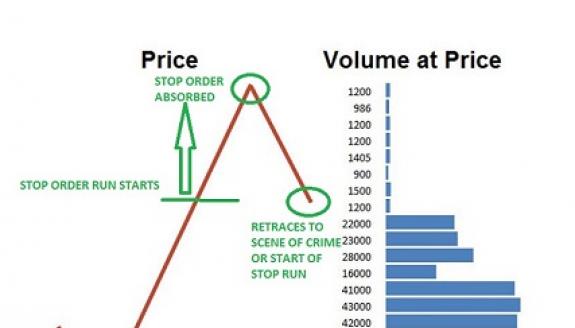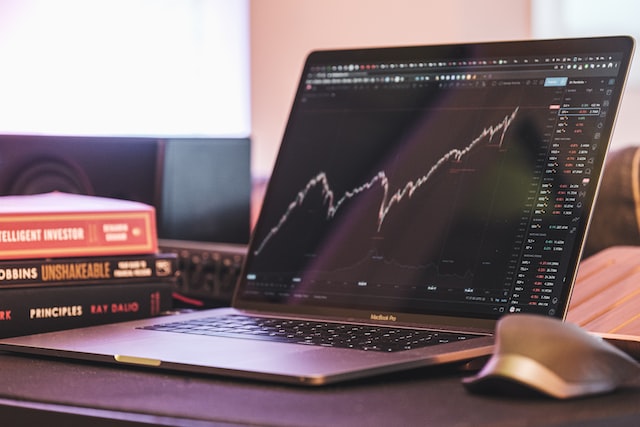
While investing in silver futures can have many benefits for investors, it also comes with the risk of big losses. Although silver is often considered to be a safe place, it is highly volatile and investors may lose a lot of cash if they don't take precautions.
Silver futures are exchange-traded contracts between two parties, allowing speculators to take advantage of favourable price changes to protect their wealth. Silver futures can be traded on international exchanges like the Tokyo Commodity Exchange or the New York Mercantile Exchange. They also trade on Indian commodity markets.
Although silver futures can be traded in a wide variety of sizes, the typical contract is either a 1,000-ounce or a 5,000-ounce contract. These contracts can only be traded in dollars or cents each troy ounce. They are traded on the COMEX division of the New York Mercantile Exchange.

Silver futures traders can take advantage of leverage. Leverage allows traders to take on positions larger than their capital. However, leverage can lead to rapid losses. Market participants with limited experience should assess their risk profile before entering the markets.
Producers and portfolio managers can also use silver futures to hedge price risk. The difference between spot market and future prices is determined by the interest rates, the number days until contract delivery, and market demand for immediate physical delivery.
Some silver futures contracts can also be traded in OTC markets. Here prices are negotiated between participants. The spot market uses the daily benchmark price as a measure of trading activity. It is also used in producer agreements.
Another type of silver futures trading is speculation, in which investors believe that the price of silver will increase over time. Traders often purchase futures contracts to lock-in a price for a specified amount of future silver.

Although the risk of losses is high, silver futures can be useful to speculators and hedgers. They protect against price swings and decrease their risk of loss which is generally higher in the actual market. Silver futures contracts give investors two positions. One is a long position and one is a short. The long position requires the seller to deliver physical metal to the investor at a specified future date. The short situation is an obligation by the seller to deliver the metal to the buyer for a predetermined amount, usually less than $10 per ounce.
For novice investors, it is a good idea to avoid using leverage in the market for futures. Leverage can give investors a bigger position but can also lead to big losses. Some experts advise beginners to avoid futures trades altogether.
Investors are required to pay a margin fee to their broker when they buy or sell silver futures. Before they can trade, however, The amount varies depending on the exchange. This margin is used to pay for futures contracts, and it gives the investor technical ownership over the silver. The margin must be paid upfront and the investor must pay a portion of each transaction.
FAQ
How are shares prices determined?
Investors are seeking a return of their investment and set the share prices. They want to make money with the company. They buy shares at a fixed price. If the share price increases, the investor makes more money. The investor loses money if the share prices fall.
An investor's primary goal is to make money. This is why investors invest in businesses. It helps them to earn lots of money.
Who can trade on the stock exchange?
The answer is everyone. But not all people are equal in this world. Some people have better skills or knowledge than others. So they should be rewarded for their efforts.
However, there are other factors that can determine whether or not a person succeeds in trading stocks. If you don’t have the ability to read financial reports, it will be difficult to make decisions.
Learn how to read these reports. Each number must be understood. You should be able understand and interpret each number correctly.
You'll see patterns and trends in your data if you do this. This will allow you to decide when to sell or buy shares.
If you're lucky enough you might be able make a living doing this.
What is the working of the stock market?
By buying shares of stock, you're purchasing ownership rights in a part of the company. A shareholder has certain rights. He/she is able to vote on major policy and resolutions. He/she has the right to demand payment for any damages done by the company. And he/she can sue the company for breach of contract.
A company cannot issue shares that are greater than its total assets minus its liabilities. This is called capital sufficiency.
Companies with high capital adequacy rates are considered safe. Companies with low capital adequacy ratios are considered risky investments.
What is security in a stock?
Security refers to an investment instrument whose price is dependent on another company. It may be issued either by a corporation (e.g. stocks), government (e.g. bond), or any other entity (e.g. preferred stock). The issuer promises to pay dividends to shareholders, repay debt obligations to creditors, or return capital to investors if the underlying asset declines in value.
What is a bond?
A bond agreement between two parties where money changes hands for goods and services. It is also known to be a contract.
A bond is usually written on a piece of paper and signed by both sides. The bond document will include details such as the date, amount due and interest rate.
When there are risks involved, like a company going bankrupt or a person breaking a promise, the bond is used.
Bonds can often be combined with other loans such as mortgages. The borrower will have to repay the loan and pay any interest.
Bonds can also help raise money for major projects, such as the construction of roads and bridges or hospitals.
A bond becomes due upon maturity. This means that the bond owner gets the principal amount plus any interest.
Lenders lose their money if a bond is not paid back.
What is the trading of securities?
Stock market: Investors buy shares of companies to make money. Shares are issued by companies to raise capital and sold to investors. Investors then sell these shares back to the company when they decide to profit from owning the company's assets.
Supply and demand determine the price stocks trade on open markets. When there are fewer buyers than sellers, the price goes up; when there are more buyers than sellers, the prices go down.
You can trade stocks in one of two ways.
-
Directly from company
-
Through a broker
Statistics
- "If all of your money's in one stock, you could potentially lose 50% of it overnight," Moore says. (nerdwallet.com)
- Our focus on Main Street investors reflects the fact that American households own $38 trillion worth of equities, more than 59 percent of the U.S. equity market either directly or indirectly through mutual funds, retirement accounts, and other investments. (sec.gov)
- Even if you find talent for trading stocks, allocating more than 10% of your portfolio to an individual stock can expose your savings to too much volatility. (nerdwallet.com)
- For instance, an individual or entity that owns 100,000 shares of a company with one million outstanding shares would have a 10% ownership stake. (investopedia.com)
External Links
How To
What are the best ways to invest in bonds?
You need to buy an investment fund called a bond. You will be paid back at regular intervals despite low interest rates. These interest rates are low, but you can make money with them over time.
There are many different ways to invest your bonds.
-
Directly purchasing individual bonds
-
Buy shares of a bond funds
-
Investing through a broker or bank
-
Investing through an institution of finance
-
Investing through a Pension Plan
-
Invest directly through a broker.
-
Investing via a mutual fund
-
Investing through a unit trust.
-
Investing through a life insurance policy.
-
Private equity funds are a great way to invest.
-
Investing with an index-linked mutual fund
-
Investing through a hedge fund.